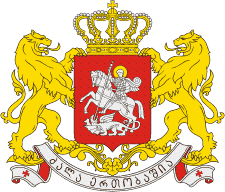Understanding Power Supply Efficiency
페이지 정보
작성자 Tania Bridgefor… 작성일25-05-15 21:50 조회2회 댓글0건관련링크
본문
 when choosing a server power supply unit (psu) for a data center or a server rack, one of the crucial considerations is to ensure the power supply can handle its peak power demand اس اس آر during busy periods.
when choosing a server power supply unit (psu) for a data center or a server rack, one of the crucial considerations is to ensure the power supply can handle its peak power demand اس اس آر during busy periods.One of the essential tools for achieving this goal is the concept of server single-rail derivative current, or sometimes derating. In this article, we will delve into the realm of derating factors, aiming to clarify their role in server PSU selection and data center cabling design.
First, let us examine the practice. In electrical engineering, the term refers to the practice of reducing maximum stable output levels for a device below their rated limits, in order to maintain safety, and prevent other failure issues. Server PSU manufacturers often incorporate derating into the design as a warranty guarantee, allowing the devices to operate within safe temperature ranges, guaranteeing the reliability and preventing any potential equipment failure.
The derating factor is the proportion of maximum rated power to the actual output capacity, in some cases expressed in percentage for easy visibility and comprehensibility. Derating can be divided into three types:
- -Input line sequence voltage variation derating factor
- -Standard output derating
- -Optional custom deratic curves derating
댓글목록
등록된 댓글이 없습니다.
